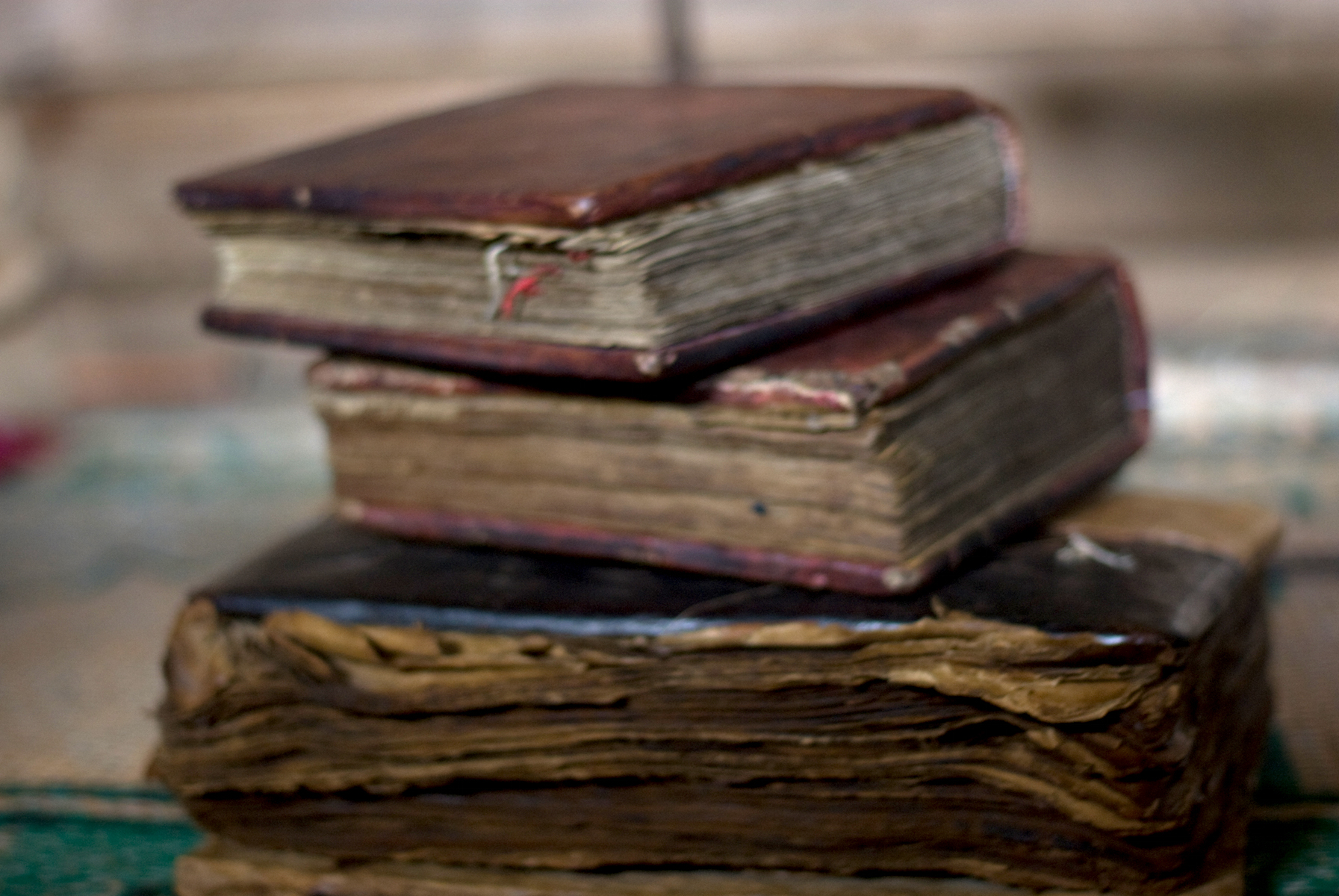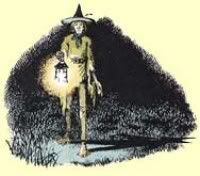In Lewis’s That Hideous Strength, we find a special room used by the enemy to condition it’s members into putting aside their emotions and viewing life in a completely objective fashion, unfettered by emotions personal impulses. Here is the description:
The room, at first sight, was an anticlimax. It appeared to be an empty committee room with a long table, eight or nine chairs, some pictures, and (oddly enough) a large step-ladder in one corner. Here also there were no windows: it was lit by an electric light which produced, better than Mark had ever seen it produced before, the illusion of daylight — of a cold, grey place out of doors. This, combined with the absence of a fireplace, made it seem chilly though the temperature was not in fact very low.
A man of trained sensibility would have seen at once that the room was ill-proportioned, not grotesquely so, but sufficiently to produce dislike. It was too high and too narrow. Mark felt the effect without analysing the cause and the effect grew on him as time passed. Sitting staring about him he noticed the door — and thought at first he was a victim of some optical illusion. It took him quite a long time to prove to himself that he was not. The point of the arch was not in the centre: the whole thing was lop-sided. Once again, the error was not gross. The thing was near enough to the true to deceive you for a moment and to go on teasing the mind even after the deception had been unmasked. Involuntarily one kept shifting the head to find positions from what which it would look right after all. He turned round and sat his back to it … one mustn’t let it become an obsession.
Then he noticed the spots on the ceiling. They were not mere specks of dirt or discolouration. They were deliberately painted on: little round black spots placed at irregular intervals on the pale mustard-coloured surface. There were not a great many of them: perhaps thirty … or was it a hundred? He determined that he would not fall into the trap of trying to count them. They would be hard to count, they were so irregularly placed. Or weren’t they? Now that his eyes were growing used to them (and one couldn’t help noticing that there were five in that little group to the right), their arrangement seemed to hover on the verge of regularity. Their peculiar ugliness consisted in the very fact that they kept on suggesting it and then frustrating the expectation thus aroused. Suddenly he realized this was another trap. He fixed his eyes on the table.
There were spots on the table too: white ones. Shiny white ones, not quite round. And arranged, apparently, to correspond to the spots on the ceiling. Or were they? No, of course not … ah, now he had it! The pattern (if you could call it a pattern) on the table was an exact reversal of that on the ceiling. But with certain exceptions. He found he was glancing rapidly from one to the other, trying to puzzle it out. For the third time he checked himself. He got up and began to walk about. He had a look at the pictures.
Some of them belonged to a school of art with which he was already familiar. There was a portrait of a young woman who held her mouth wide open to reveal the fact that the inside of it was thickly overgrown with hair. It was very skillfully painted in the photographic manner so that you could almost feel that hair: indeed you could not avoid feeling it however hard you tried. There was a giant mantis playing a fiddle while being eaten by another mantis, and a man with corkscrews instead of arms bathing in a flat, sadly-coloured sea beneath a summer sunset. But most of the pictures were not of this kind. At first, most of them seemed rather ordinary, though Mark was a little surprised at the predominance of spiritual themes. It was only at the second or third glance that one discovered certain unaccountable details — something odd about the positions of the figures’ feet or the arrangements of their fingers or the grouping. And who was the person standing between the Christ and Lazarus? And why were there so many beetles under the table in the Last Supper? What was the curious trick of lighting that made each picture look like something seen in delirium? When once these questions had been raised the apparent ordinariness of the pictures became their supreme menace — like the ominous surface innocence at the beginning of certain dreams. Every fold of drapery, every piece of architecture, had a meaning one could not grasp but which withered the mind. Compared with these the other, surrealistic pictures were mere foolery. Long ago Mark had read somewhere of “things of that extreme evil which seem innocent to the uninitiate,” and had wondered what sort of things they might be. Now he felt he knew.
-C.S. Lewis, That Hideous Strength, p.297
Mark, the protagonist, daily has to complete all sorts of silly tasks in the room, such as climbing the ladder and touching a particlar spot on the ceiling.
Then one day, he walks in the room and discovers a crucifix on the floor. He is instructed to trample and spit on it.
Curious, eh? Notice how in the description above, Mark was surprised to find that so many of the distorted paintings had spiritual themes.
He shouldn’t have been. There is no neutrality. Secularism is a myth of the Enlightenment. If you are not for Christ, then you ultmately against him.
The Objective room was supposed to be pure and scientific. To the trained eye though, it is clearly demonic in nature.

